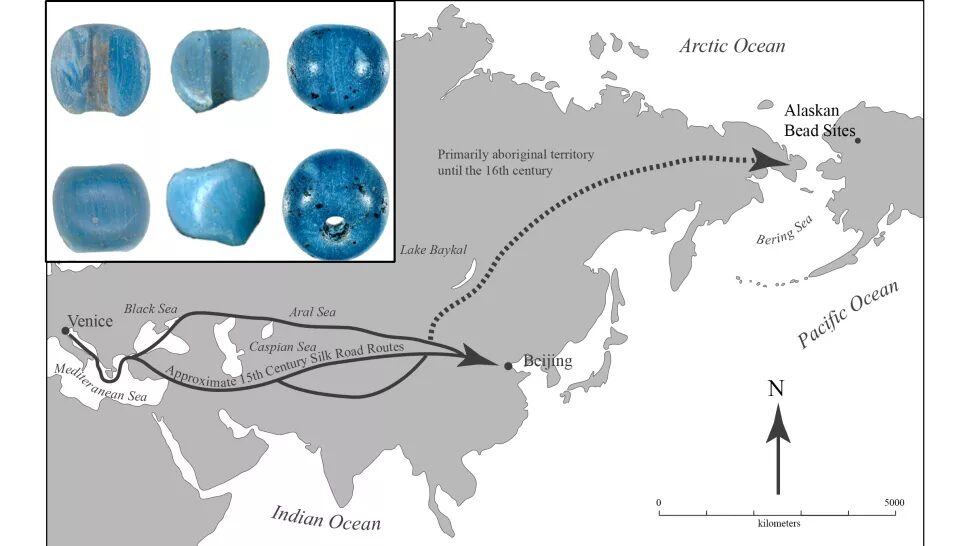
© Beads: Lester Ross and Charles Adkins; Map: Boreal ImageryArchaeologists in Arctic Alaska have found blue beads (top left) from Europe, possibly Venice, that might predate Christopher Columbus' voyage to the New World.
These blueberry-size beads were likely created in Venice during the 15th century and then traded eastward, enduring a 10,500-mile (17,000 kilometers) land-based journey east across Eurasia and then boated across the Bering Strait to what is now Alaska, according to the study, published online Jan. 20 in the journal
American Antiquity.However, other
archaeologists dispute the findings, saying while these beads are old, they're not older than
Columbus' 1492 voyage. "These beads cannot be pre-Columbian, because Europeans weren't making beads of this type that early," said Elliot Blair, an assistant professor of anthropology at The University of Alabama, who was not involved in the study.
Instead, these glass beads likely date to the late-16th or early-17th century, which in itself is a "really cool story," Blair, who specializes in the dating and sourcing of early trade beads in the Americas, told Live Science. "Even with this later dating, an early 17th-century date for these beads is still much earlier than first documented contact between Alaska Natives and Europeans."
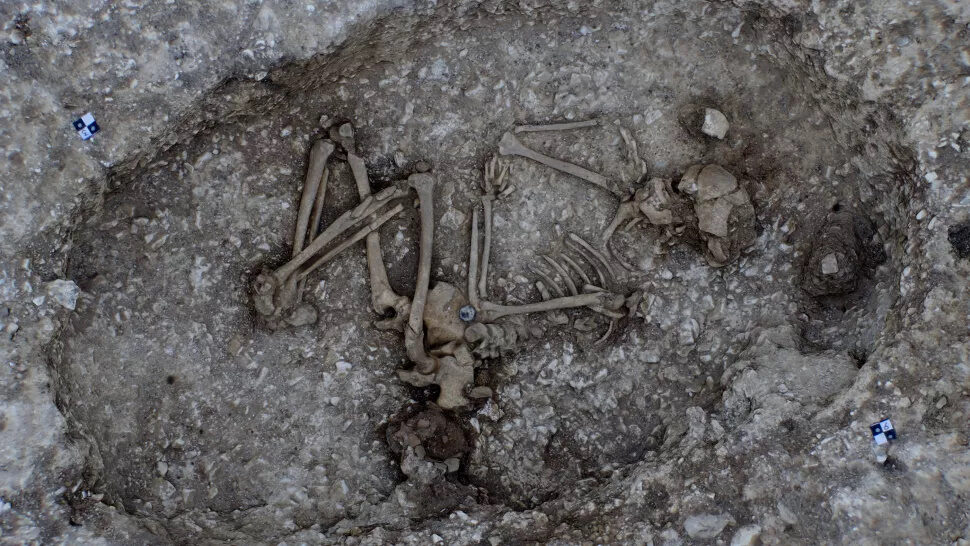
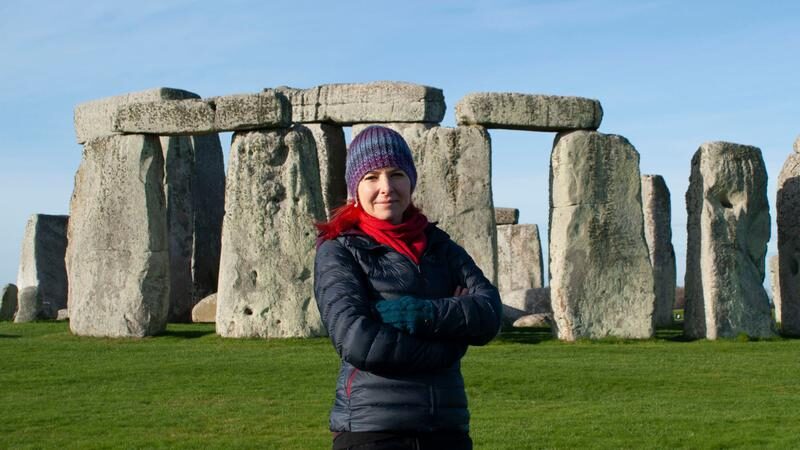

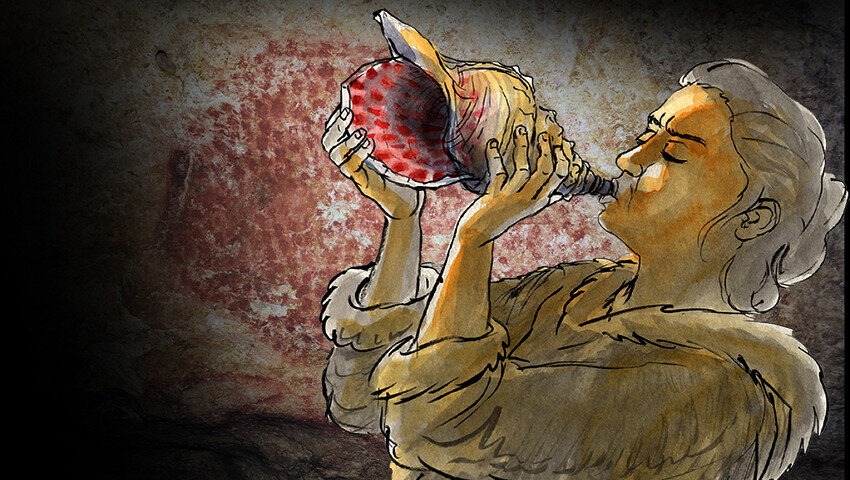
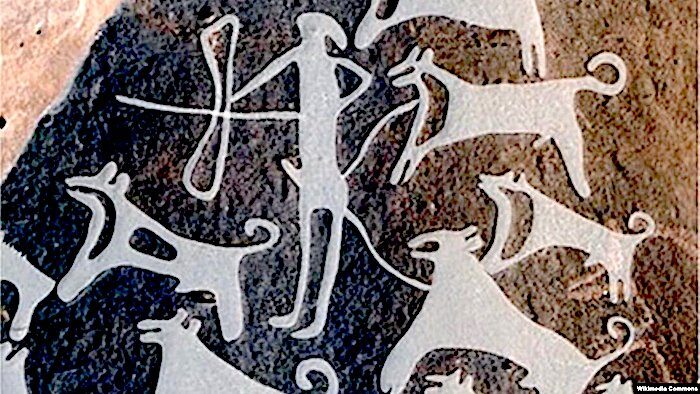


Comment: See also: